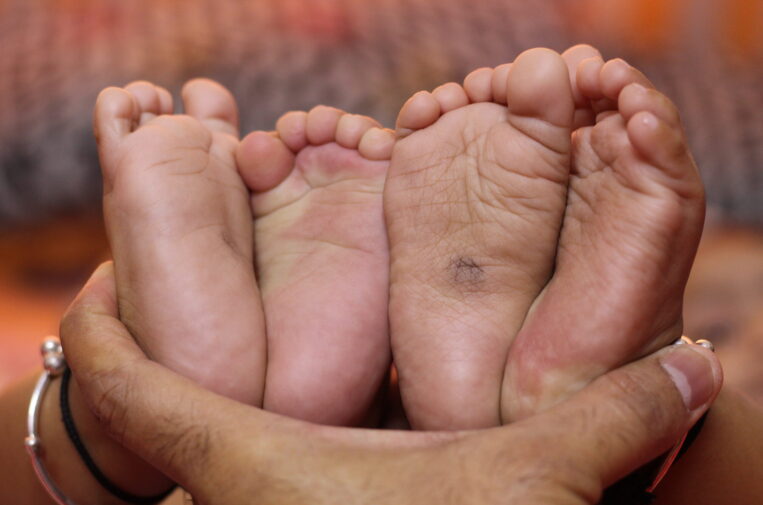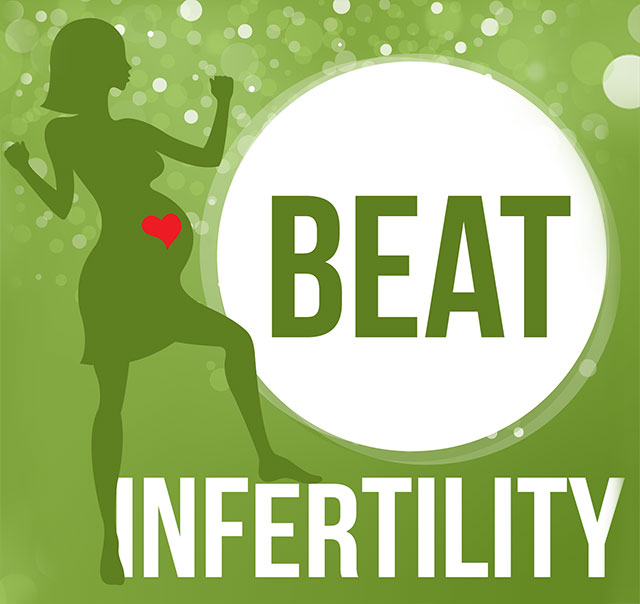One of the major, if not the greatest, concerns about infertility treatment is the risk of multiple pregnancies. With pregnancy success rates as high as they are in 2010, there is no excuse for mismanagement of ovarian stimulation cycles or the transfer of an unsafe number of embryos in an IVF Cycle. When IVF was in its early days, IVF programs made up for suboptimal Implantation rates by transferring relatively high numbers of embryos to women of all ages, irrespective of Embryo quality.
Because most women did not conceive, and most pregnancies were singletons, few individuals complained about a multiple pregnancy, even one that was fraught with danger with three of more fetuses. They felt that any pregnancy was better than none. Fetal Reduction was utilized much more often than it should have been, or patients continued with the high order multiple pregnancy; these outcomes were likely to create severe medical problems for the mother and the babies, especially the sequellae of prematurity.
With the possible exception of the Octomom, all highly publicized super-high order pregnancies have been the result of non-IVF cycles: using gonadotropins for or ovarian stimulation, usually with intrauterine insemination. The injudicious use of the drugs, inadequate monitoring, and failure to terminate a cycle where the multiple risks are high, all contribute to the incidence of triplet or greater pregnancies. It is interesting that most of these occur under the care of generalists, as opposed to Reproductive Endocrinologists.
Clomiphene has been recognized not to be a part of this problem, with twins occurring in about 10% of pregnancies. Gonadotropins are said to result in a 20% multiple risk in pregnancies resulting from those agents, with triplets or greater up to 5% of the time.
Identical twinning cannot be helped, and its occurrence in conventional treatment cycles is no different than that occurring naturally, about 0.1%. However, with IVF, it has been reported to occur in 1-5% of pregnancies! The identical twinning rate at FCI is at the low end of this range.
Conservative use of ovarian stimulation is still an important way to treat a variety of forms of infertility; patient age dictates how carefully or aggressively stimulation should done, since the odds of pregnancy as well as multiples are reduced as the patient ages; fewer eggs are capable of Fertilization and resulting embryos are less likely to implant and become viable fetuses. So the problem is one of younger patients who, once pregnant, are likely to maintain those embryos which have implanted.
As the use of IVF became more widespread and more successful, it became clear that high order multiples were no longer acceptable, and even twins are looked upon as undesirable. Unfortunately, couples do not always see it this way, and need to be counseled regarding the risks of twins, who have exponential increases in perinatal morbidity and mortality compared to singletons.
The American Society of Reproductive Medicine has modified their guidelines on several occasions for the appropriate number of embryos to transfer in an IVF cycle. These guidelines cover circumstances where a more conservative approach is warranted; the young patient, the patient undergoing her first IVF cycle, the patient with high quality embryos; in addition, the use of donor oocytes falls into this category.
These recommendations do not consider the stage of embryo development; the ability of embryos to be cultured to the blastocyst stage improves the selection of embryos; also not considered in these advisories is the demonstration of chromosomally normal embryos following the use of preimplantation genetic screening (PGS), which now provide extremely high accuracy in the prediction of embryonic normalcy.
This would place older women using their own eggs, and availing themselves of PGS, in the same category as the young woman or the older woman using donor eggs, presuming high developmental quality. The ideal, elective Single Embryo Transfer (eSET) can provide a similar pregnancy rate for the fresh transfer to a Dual Embryo Transfer (DET); however, eSET has no significant risk of twins, compared to up to 50% risk in the latter situation.
Both Fertility Centers of Illinois IVF labs provide a high rate of blastocyst culture and continue to demonstrate the use of PGS to improve embryos selection, reduction in multiples, and increased embryo normalcy.
In addition, the high rate of success in Frozen Embryo Transfers (FET), allows the couple to be conservative in the fresh cycle, knowing that cryopreserved embryos will provide a similar pregnancy rate, and thereby result in a cumulative pregnancy rate that equals that of a cycle transferring more embryos, but at risk for multiples.
This is not to say that we should adopt a hard-line European attitude that remains conservative despite a poor prognosis: it would be wrong to insist on eSET or DET in an older woman without PGS, or a woman with poor embryo development, or the woman with prior IVF failures. The decision to exceed recommended numbers to transfer must be met with an agreement to have fetal reduction in the case of a dangerous high order pregnancy, were it to occur.
Fertility Centers of Illinois continues to strive to provide the highest quality care of infertile patients; this means achieving high success rates while reducing the risks to mothers and babies by the use of the newest technology to minimize multiple pregnancies.



